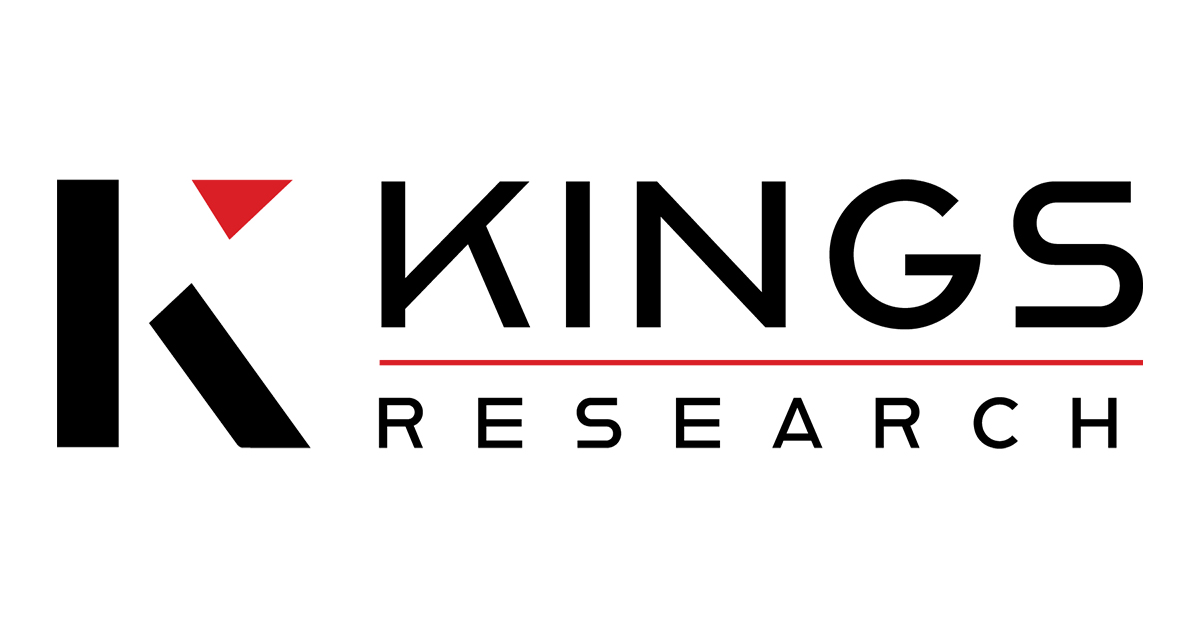The global HVAC Insulation Market is experiencing remarkable growth, projected to expand from USD 5.49 billion in 2022 to USD 8.83 billion by 2030, at a compound annual growth rate (CAGR) of 6.12%. This surge is driven by rising energy costs, stringent building codes, and a heightened focus on sustainability, according to the latest report from Kings Research.
Market Drivers and Trends
The escalating cost of energy is a significant driver of market expansion, as both residential and commercial sectors seek cost-effective ways to improve energy efficiency in buildings. HVAC insulation plays a crucial role in reducing energy consumption by minimizing heat transfer and maintaining optimal indoor temperatures, leading to substantial cost savings and environmental benefits.
Trends in the market include the adoption of eco-friendly and high-performance insulation materials, integration of smart technologies in HVAC systems, and growing awareness of indoor air quality. Innovations such as aerogels and vacuum insulation panels are gaining traction, alongside an increase in retrofitting activities in existing buildings to enhance energy efficiency.
Segmentation Analysis
The HVAC insulation market is segmented by type, application, component, and region:
By Type:
- Glass Wool: Dominates the market due to its excellent thermal and acoustic properties, lightweight construction, cost-effectiveness, and environmental sustainability.
- Elastomeric Foam
- Stone Wool
- Phenolic Foam
- Others
By Application:
- Residential: Expected to hold the largest market share through the forecast period, driven by consumer demand for quality and temperature control in homes.
- Commercial
- Industrial
By Component:
- Pipes: Accounted for over 54.60% of the market revenue in 2022, with demand fueled by stringent regulations and rapid urbanization.
- Ducts
Regional Insights
North America leads the global HVAC insulation market, driven by technological advancements and a strong emphasis on energy-efficient building practices. Government incentives and regulations promoting sustainable construction have further boosted demand for high-performance insulation products. The region’s focus on retrofitting existing structures also contributes significantly to market growth.
Asia-Pacific is anticipated to experience the fastest growth due to rapid urbanization and extensive infrastructure development. As economies in the region grow, the demand for energy-efficient HVAC solutions increases. Government initiatives promoting energy-efficient building practices and the rising awareness of sustainability are major factors driving market growth in this region.
Competitive Landscape
The HVAC insulation market is highly competitive, with key players engaging in strategic partnerships, mergers and acquisitions, product innovations, and joint ventures to expand their product portfolios and market presence. Major companies in the market include:
- Saint-Gobain Group
- Armacell
- Owens Corning
- Knauf Insulation
- Johns Manville (A Berkshire Hathaway Company)
- Kingspan Group
- Fletcher Insulation
- GlassRock.com
- IKO Industries Ltd.
- ROCKWOOL A/S
These companies are investing in research and development, establishing new manufacturing facilities, and optimizing supply chains to stay competitive. The focus is on developing innovative insulation materials and solutions that meet evolving regulatory standards and customer demands.
Future Outlook
The future of the HVAC insulation market looks promising, with ongoing innovations and an increasing focus on sustainability. The integration of smart technologies into insulation systems, heightened awareness of environmental concerns, and robust growth in emerging markets are expected to drive market expansion. The continuous pursuit of energy-efficient solutions amidst the changing climate landscape will further bolster the market's growth prospects.
For more detailed information, visit the Kings Research report on the HVAC Insulation Market





Comments